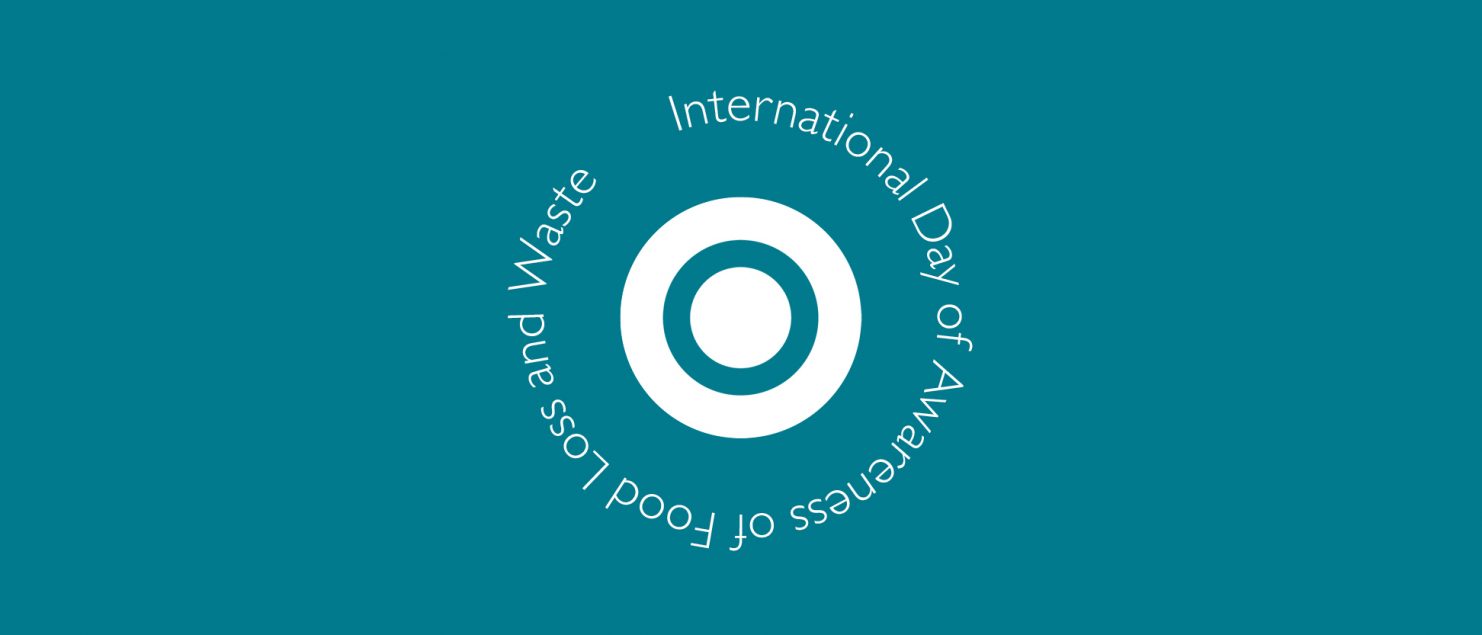International Day of Awareness of Food Loss and Waste
International Day of Awareness of Food Loss and Waste
Today marks International Day of Awareness of Food Loss and Waste, bringing awareness about food loss and waste to promote global efforts that will help to resolve this important issue.
Every year around the globe approximately 14% of food is lost or wasted according to the Food and Agriculture Organization of the United Nations. According to a forecasting report by Boston Consulting Group (BCG) it warns that if change is not made, food loss is set to increase. The amount of food that is wasted each year will rise from 1.6 billion tonnes by a third by 2030, when 2.1bn tonnes will either be lost or thrown away, equivalent to 66 tonnes per second.
The report further cautions that unless urgent action is taken by consumers, governments, food producers, and companies the chance of meeting UN targets to halve food waste by 2030 is highly unlikely.
Food loss and waste also amount to a major draining of resources, including; water, land, energy, labour and capital, and needlessly produce greenhouse gas emissions, contributing to global warming and climate change. A shocking 38% of total energy consumption in the global food system which is used to produce food is wasted due to food loss/waste.
Food can also be ‘lost’ if it is deemed unsuitable for human consumption for containing high levels of drug residues. Food producers have been called by governments and organisations to lower the level of antibiotics used in animals in the food chain and reduce the use of growth promoters and other drugs used in the foods we consume. Not only will this benefit a reduction of food waste, but will also aid the efforts to reduce the chance of antibiotic resistance from food.
Food and Agriculture Organisations of the United Nations state that “Unsafe food is not fit for human consumption and therefore is wasted. Failure to comply with minimum food safety standards can lead to food losses and, in extreme cases, impact on the food security status of a country. A range of factors can lead to food being unsafe, such as naturally occurring toxins in food itself, contaminated water, unsafe use of pesticides, and veterinary drug residues.”
Randox Food Diagnostics
Randox Food Diagnostics provide a vast array of solutions for monitoring drug residue levels in;
Enquire now
Evidence Investigator
The Evidence Investigator is a multi-analyte quantitative drug residue screening analyser offering laboratories comparable results to that of LC-MS/MS. The Investigator can be used to test a variety of matrices including meat, seafood, honey, milk, mycotoxins and urine.
Evidence MultiSTAT
The Evidence MultiSTAT is a fully automated immunoanalyser that enables on-site simultaneous detection of up to 44 analytes from a single sample. The MultiSTAT can be used to detect 129 antibiotics/ non-steroidal anti-inflammatory and anti-parasitic drug residues in milk.
RX Series
The RX series provides a full range of wine and honey analysers, suitable for small, medium and high throughput laboratories, ensuring the best quality honey and wine.
For more information about our drug residue solutions, contact us at info@randoxfooddiagnostics.com or visit our website https://www.randoxfood.com/
